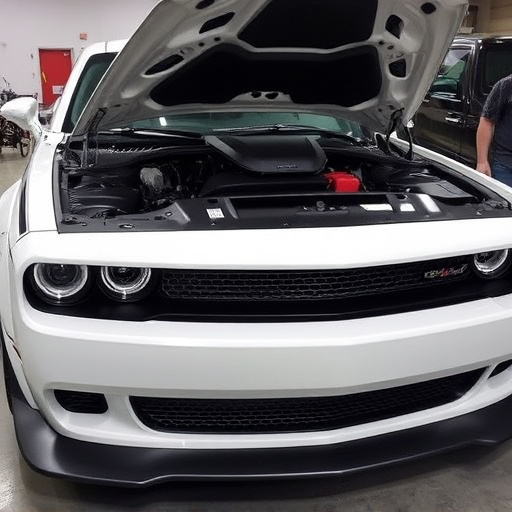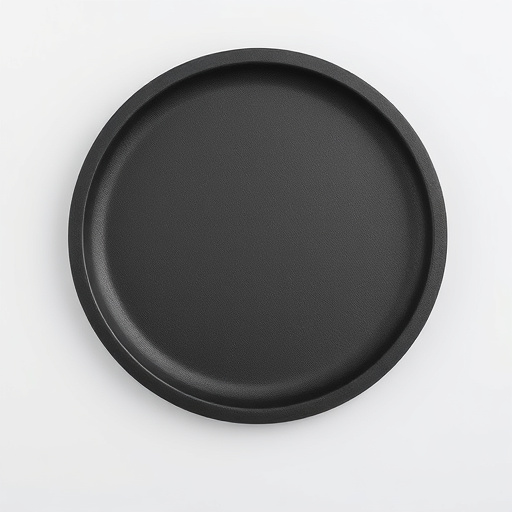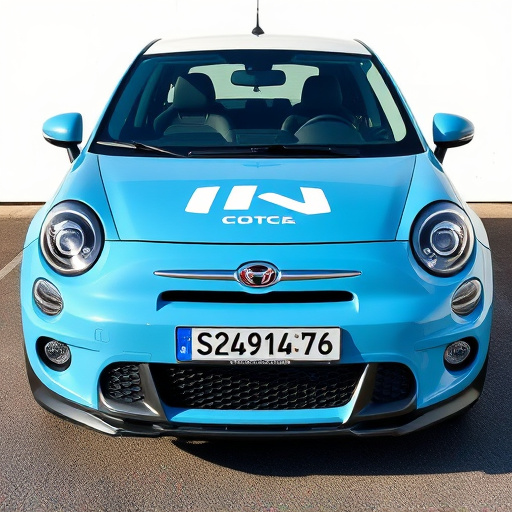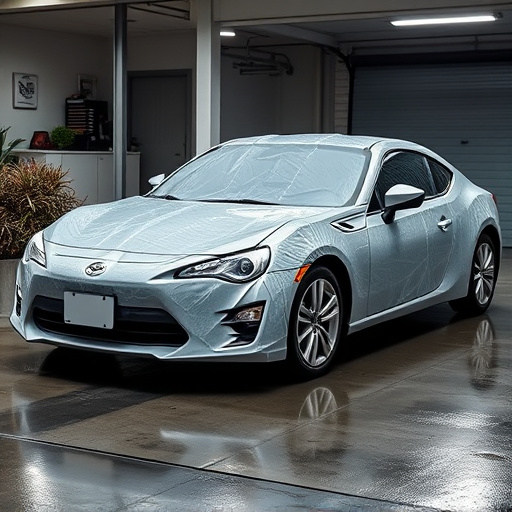TL;DR:
Crafting effective marketing materials design hinges on understanding your target audience's demographics, interests, and behaviors. By addressing their preferences, pain points, and aspirations through tailored colors, fonts, imagery, and language, you create compelling content that enhances engagement and drives conversions. This is particularly evident in industries like automotive detailing, where showcasing transformations grabs car enthusiasts' attention. Using buyer personas as guides, businesses can align design with specific customers' needs, increasing relevance and impact. For instance, a vehicle wraps service targeting busy professionals would use sleek designs and UV protection messaging to appeal to their lifestyle.
In today’s digital landscape, high-converting marketing materials design is paramount. This article explores strategies to create impactful designs that resonate with your audience. We delve into understanding your target market through audience research and buyer personas, which inform personalized content and visuals.
Next, discover the power of well-structured layouts, compelling design elements like typography and color, and persuasive call-to-action buttons. A/B testing is crucial for ongoing optimization. Finally, we navigate channel-specific design considerations, emphasizing responsive design for web, email, social media, and print, ensuring accessibility across devices.
- Understanding Your Audience: Tailoring Design for Maximum Impact
- – The role of audience research in effective marketing materials design
- – Creating buyer personas and using them to guide design decisions
Understanding Your Audience: Tailoring Design for Maximum Impact

Understanding your target audience is a cornerstone of effective marketing materials design. It’s not just about creating visually appealing designs; it’s about tailoring each element to resonate with your viewers on a personal level. Knowing who you’re designing for—their preferences, pain points, and aspirations—allows for the creation of content that connects emotionally and logically. This means using colors, fonts, imagery, and language that speak directly to them, making your marketing materials design more compelling and impactful.
For example, consider industries like automotive detailing or professional PPF installation. Their target audience might be car enthusiasts who appreciate aesthetics and protection for their vehicles. In this case, a design that showcases the transformative effect of ceramic coating or highlights the meticulous process of detailing can capture their attention. Incorporating high-quality images, bold visuals, and informative yet concise text tailored to these interests will enhance engagement and, ultimately, drive conversions.
– The role of audience research in effective marketing materials design

Understanding your target audience is a cornerstone of successful marketing materials design. It involves delving into demographics, interests, and behaviors to create content that resonates with viewers. By conducting thorough audience research, marketers can uncover the specific needs and pain points of their ideal customers, translating this knowledge into compelling visual narratives. For instance, a business offering automotive detailing services wouldn’t appeal to the same audience as a window tinting company; each requires tailored designs that speak directly to their unique target markets. This custom graphics approach ensures messages are relevant and impactful, fostering stronger connections with potential clients.
– Creating buyer personas and using them to guide design decisions

In the realm of digital marketing materials design, understanding your target audience is paramount to creating content that converts. The process begins with crafting detailed buyer personas—fictional representations of ideal customers based on demographics, behaviors, motivations, and pain points. These personas serve as a compass, guiding every design decision from color schemes to call-to-actions (CTAs). By aligning marketing materials design with the needs and preferences of specific buyer personas, businesses can enhance engagement and drive conversions more effectively.
For instance, consider a company offering vehicle wraps and window tinting services. Their buyer personas might include busy professionals who value both style and privacy. Design elements such as sleek, modern aesthetics for vehicle wraps and subtle yet effective UV protection messaging for window tinting would resonate with this audience. This tailored approach not only captures their attention but also communicates the product’s benefits in a way that feels relevant and compelling.
In the realm of digital marketing, understanding your audience is the crucible that transforms mere designs into powerful tools for conversion. By creating detailed buyer personas and tailoring your marketing materials design based on this research, you can create a symphony of visuals and copy that resonate with your target market. This strategic approach ensures your messages are not just seen but also understood, fostering a relationship that drives sales and fosters brand loyalty. Remember, effective marketing materials design is about navigating the needs and preferences of your audience, making each interaction a meaningful one.














